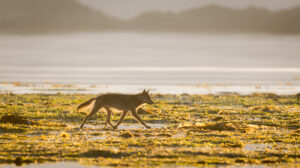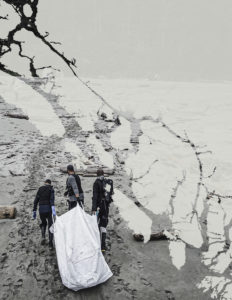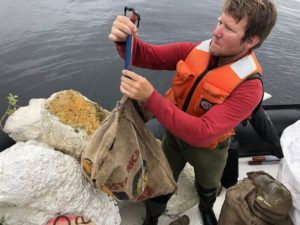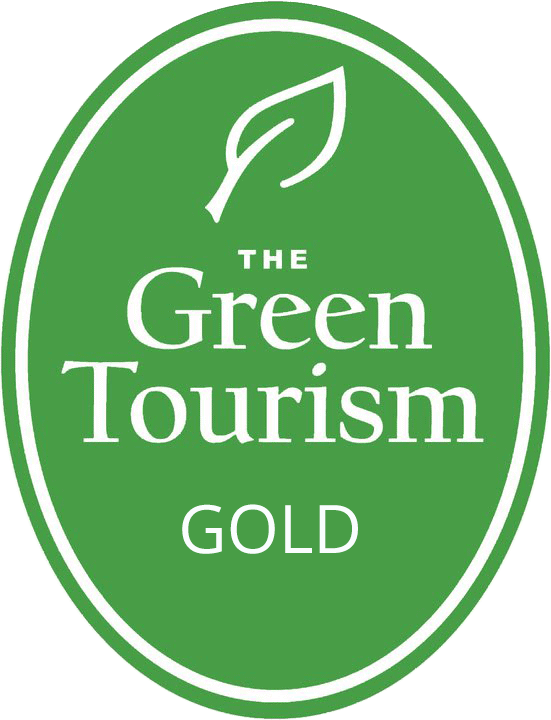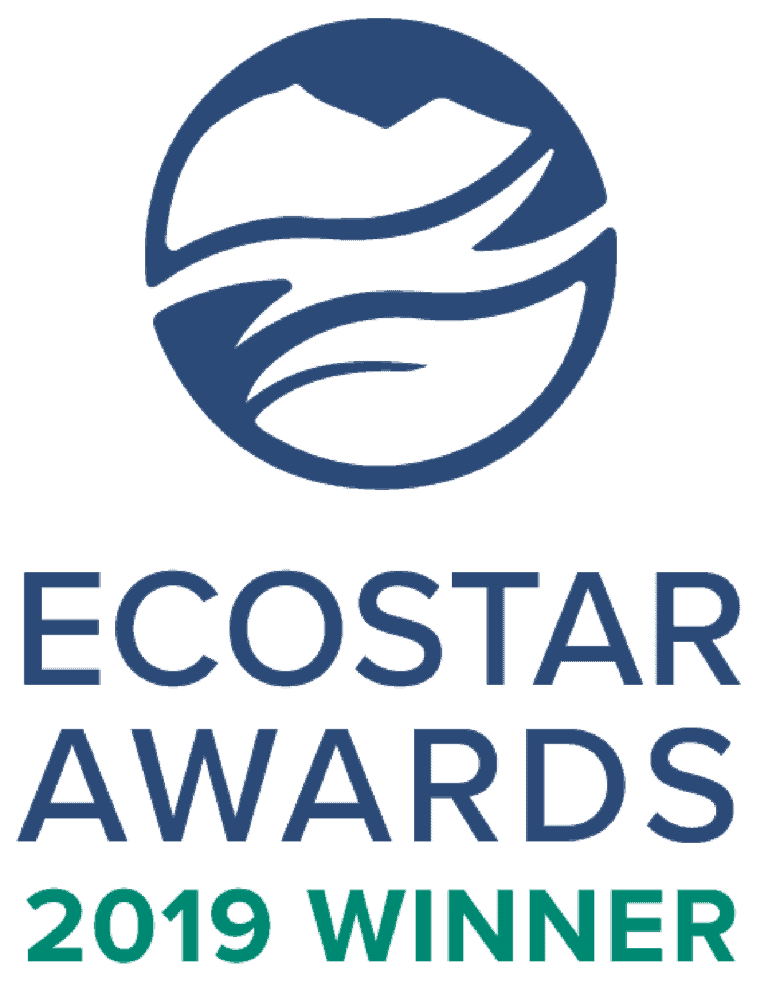CREW & A
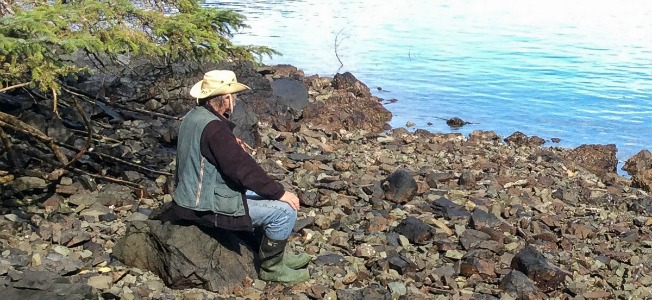
Coastal Archaeologist Al Mackie
This summer, Outer Shores was pleased to welcome coastal archaeologist Al Mackie to the crew of Passing Cloud. Few people know Gwaii Haanas as well as Al, who has actively inventoried and recorded more than 450 cultural sites within the park.
Before he set sail with us, we asked Al for some of his thoughts and insights about Gwaii Haanas.
What do you love about Gwaii Haanas?
I love that it’s remote and, to a very large degree, wild. I love the complexity of the area. The archipelago is just so rich in so many things – not just the cultural history but also the biological history. Many of the archeological sites are in very good condition. They haven’t been developed or logged or vandalized. They feel pristine. I’ve been to sites where I’m pretty sure our team was the first people to set foot there since they were last inhabited way back in the 1850s.
What have you learned about this place that has surprised you the most?
It was when we realized there were so many early period sites – sites dating from 10,700 years ago – that we could actually statistically compare them to the modern sites from the last 2,000 years, looking at landscape distribution and geographical correlates like freshwater sources and salmon spawning streams and beach types. We were able to see that the choices the Haida people have made in the last 2,000 years are enormously different from the choices made by the Haida of 10,700 years ago. For example, when we looked at 111 early settlement sites and 345 modern sites, there were only five places where the sites co-occurred.
Are there any particular mysteries you’d love to know the answer to?
Some of the big remaining questions are about the sites that were drowned by rising sea levels and are now on the sea floor.
Many of the people visiting Gwaii Haanas and Haida Gwaii are coming for the first time. What should they pay attention to in order to make the most of their visit?
I don’t think they’ll have any trouble. They’ll just be absorbed in it. They’ll be out there in that space and that’s the most important thing. As you move around, the emphasis changes. In one place, the emphasis is very much the natural history, and then suddenly you’re in another place and it’s the cultural history that takes over. You don’t even need to think when you’re up there, you just have to look around.
Does Gwaii Haanas face any threats?
Many of the threats have been ameliorated because it’s a protected national park and because it’s so remote. Oil spills from shipping are a significant threat and there is no effective infrastructure up there for dealing with a threat like that. Climate change, in general, is an issue. Last year it was very dry and if it’s dry again this year, there will be more fires. Those are the main things and they will have to be managed carefully. I think the impact from visitors is much less of a problem.
What are your favourite places to visit in Gwaii Haanas?
I love SGang Gwaay for the cultural side of things. It’s such an amazing place. It gives you this spiritual feeling to be there – you can really feel the ancestors. Last year, I spent a lot of time in the narrows between Murchison Island and Faraday Island. And the longer I was there, the more enamoured I became with it because of its rich biodiversity and all the archaeological sites. It’s a beautiful spot.
There are so many places. I won’t name my secret favourite place. It’s at the end of this inlet, a beautiful little nook that opens up into a very large creek area. To go in there with a small boat is just wonderful.
Save

